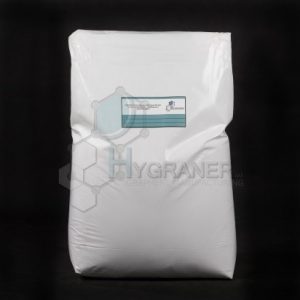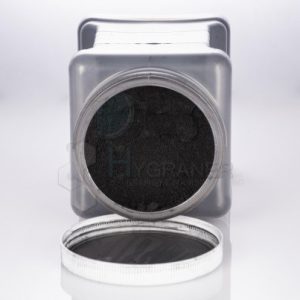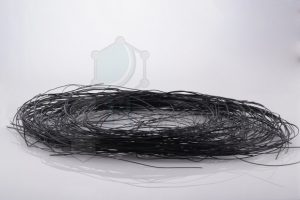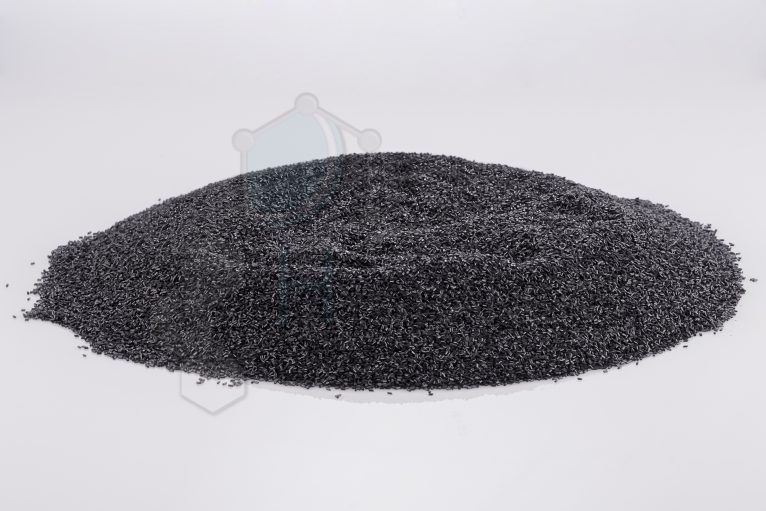
HYGRANER S.R.L., leader in Italy, in the production of Graphene, has developed a new range of thermoplastic resins, at low and medium temperature, with specifically improved characteristics, transferring the potential and properties of Graphene where they could not be until now.

The work, carried out by professionals with high scientific competence, has allowed to develop different and unique production methods able to solve, definitively, all industrial problems that until today limited the use of Graphene for the large-scale production of compounds and masterbatches.
Starting from the obvious truth that plastic is an irreplaceable material in terms of resistance, cost, ease of transformation and use, Hygraner has started its own production of compounds and masterbatches, also starting from recycled materials and reusing them again, reconverting them in a totally circular way.
The modified resins in our plant in the province of Teramo have excellent workability, excellent thermal properties, high mechanical and electrical performance and a low degree of flammability. They allow the users to save a lot of material. Graphene resins show a lower coefficient of thermal expansion (CTE) than a resin loaded with any other filler. This also leads, in some cases, to a reduction in the operations to be carried out on a product, in the post-production and finishing phases. Dimensional and thermal stability are partly due to the properties of Graphene, not absorbing moisture and shielding the polymer from it. Like all Hygraner’s nanocomposites, these resins show better rheological properties.

At Hygraner we are able to make a wide range of plastics conductive that can be used in moulding processes – including 3D printing – spinning processes, extrusion processes, etc.
In the case of medium- and low-temperature resins (PET, PA, BPT, PP, TPE, LDPE, HDPE, PLA, ABS, PC, EVA and rubbers such as SBS) that are thermally conductive, we have achieved an average conductivity varying between 2-45 W/mK, depending on the percentage of dispersed functionalised graphene. These are resins that can also be used in corrosive environments. In many cases they are alternatives to those with metals or ceramics. Therefore they can be used for various applications where it is necessary to dissipate, or accumulate, or distribute, or isolate heat. They are intended for the textile, lighting, automotive and electronics sectors.
The unfilled thermoplastic resins have a thermal conductivity of about 0.2 W / mK, those charged (with charges other than graphene) have a conductivity of about 1-10 W / mK.

However, these values are also linked to the geometry of the end products manufactured. Our resins make the finished products more resistant to high temperatures.
They give the end products greater rigidity and strength. These advantages are also combined, for the first time, with higher impact strength. Finally, the graphene charge does not increase the abrasiveness of the polymer; on the contrary, it has a lubricating effect and this allows the use both at high and low processing pressures.


